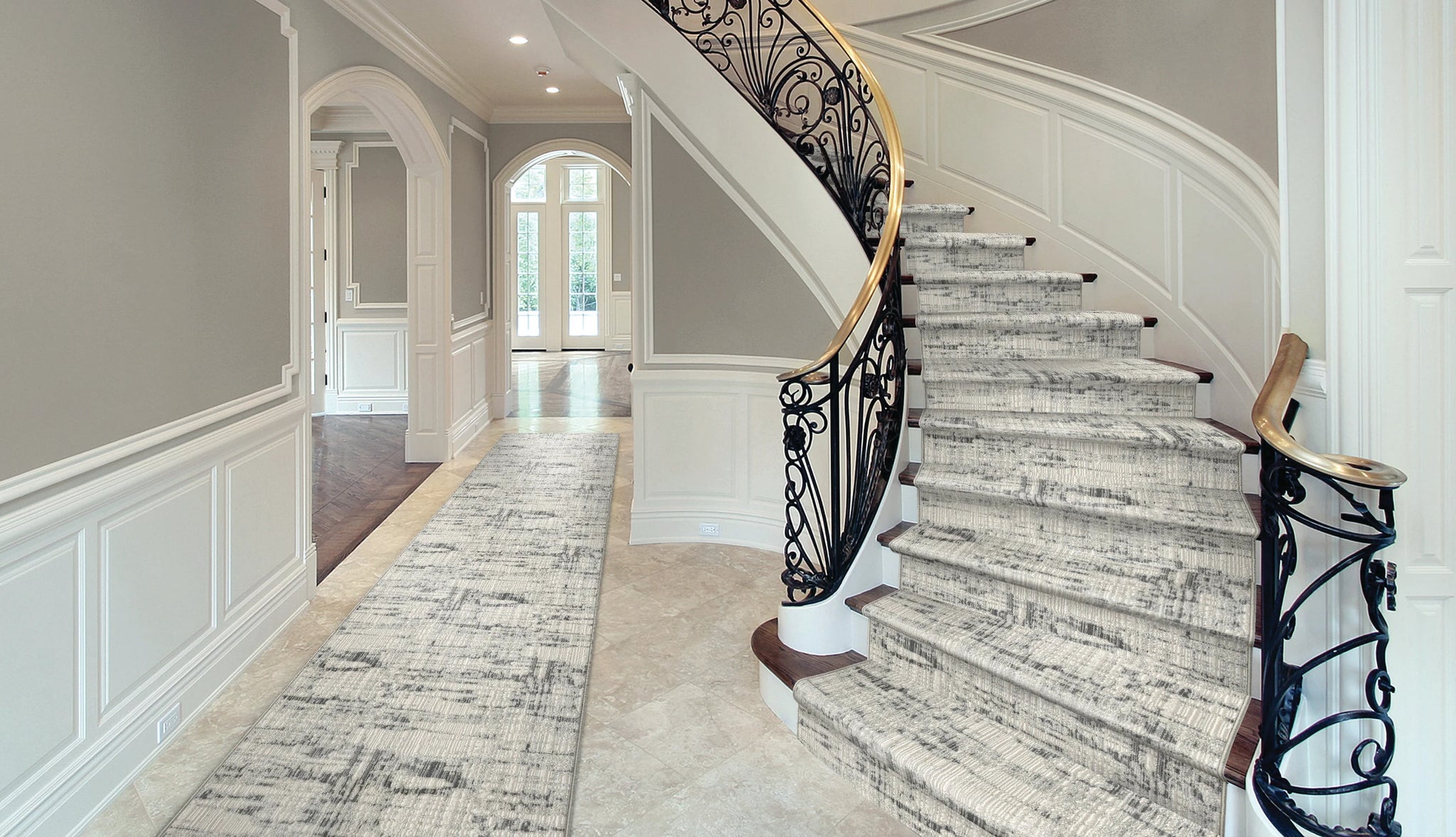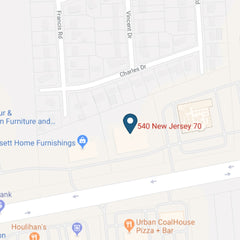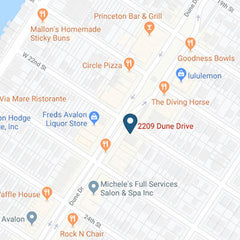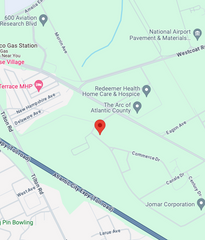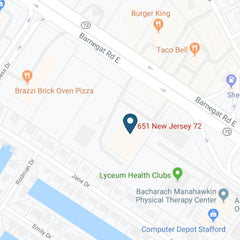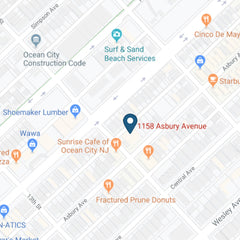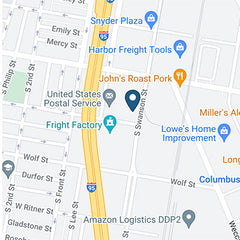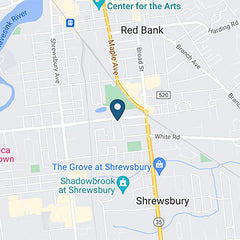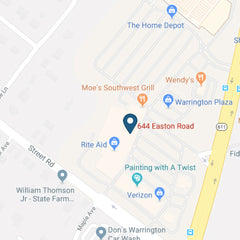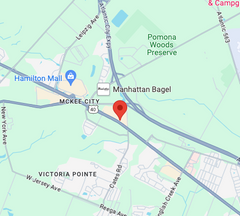A great option for adding more décor as well as safety to your home is stair runners. There are many people who have hardwood on their floors, walls and even their stairs and enjoy the bare simplicity of the wood. But when it comes to stairs, each step tends to take quite a beating. You need to make sure your stairs are a safe surface to walk up and down on. Stair runners are the perfect way to protect your floors and add a bit of style to your home
What is a Stair Runner?
A stair runner is a piece of carpet that doesn't cover your entire staircase. It's usually installed over hardwood or even tiled stairs and modern stair come in as many different colors, textures, and patterns as regular carpet.
Why Add a Stair Runner?
There are many reasons to consider adding a stair runner to your home.
Safety: Stair runners provide a great amount of traction and cushion to your steps which helps you avoid slipping.
Noise Reduction: Stair runners help absorb noise much more than hard surfaces do, so adding a runner will make your trips up and down the stairs much quieter.
Protects the Look of Hardwood: With classic hardwood, there are times when you need to refinish to bring the fresh look back, which could be expensive. To help maintain the beauty of your hardwood stairs, stair runners will be an ideal choice.
Adds Style: Stair runners truly warm up your space, whether it's your entryway or any space your stairs are in.
Styles of Staircases for Runners
The first thing to consider before the material and color of your stair runner is the style of stairs you have and how you want the runners to look.
Straight Stair Runner: A typical straight staircase has an average of about 12-13 steps. But of course, there are stairs cases that have more steps so it's best, and very helpful to count how many steps, and bring pictures in to show one of our design experts.

Stairs with a Landing: The next most common style are stairs with a landing in the middle of them—some even have more than one landing!

Stairs with Pie Turns: This type of staircase is similar to the kind with landings, however instead of a flat landing, they have a pie or triangular-shape landing at the corner transition.

Of course, there are more than these styles, these just happen to be the most common staircase style. If you have a different kind, take pictures of it and bring it in (just as you would with these kinds) to show one of our design experts to help the process of creating custom stair runners.
Types of Stair Runner Material
Wool Stair Runners: Like regular carpet, wool is the most frequently used and recommended material to use, especially for stair runners. Even though it's an expensive material, the tightly woven or dense wool pile will hold on better to your stairs.
Wool Blend Stair Runners: Wool blends are also a great material to choose for stair runners. Wool is often blended with synthetic materials like polyester or nylon to add some strength while maintaining its soft feel. And having a wool blend will be less expensive than all-natural wool, which is another plus.
Synthetic Stair Runners: Synthetic materials like polypropylene, nylon, polyester are made to last a long time. Due to their makeup, they're easy to dye which makes them a top choice if you're looking for a runner with a bold color and/or pattern.
Natural Stair Runners: Natural fiber materials, like seagrass, jute, and sisal, are great alternatives for stair runners. They add a natural, casual look to your stairs which is a great advantage besides the fact that they're on the less expensive side. The only drawback of these materials is the ability to spot clean since sisal usually leaves wet spots.
Materials to Avoid: Silk, linen and thick plush carpeting are the materials to stay away from for stair runners since they're not the safest nor the strongest to stay on your stairs.
Important Stair Runner Details

Stair Treads: One way to cover your stairs with carpet is by only covering the tread, which is the part of the stair that you step on) and leave the riser (the back of the stair) uncovered.
Decorative Rods: Rods are an optional accessory to add to your stair runners. These metal rods are installed at the back of the stair, right where the riser meets the tread. This rod doesn't hold the runner in place, that's what staples do--but this is a decorative addition to your stair runner style.
Padding: Even though stair runners are small pieces of carpet on each step, they still should have padding underneath just like regular carpeting. The best cushion for under a stair runner is one that's very thin so that it doesn't raise the height of the runner too much. It should also be dense to help the carpet not flex too much, which will help support you while you walk up and down the stairs.
Binding: Finishing the edges of your stair runner is an important decision. You could add a nice finished edge that's the same color as the carpet or a binding that adds a contrasting accent color.
Now that we've broken the important details down for you, it's time to decide if stair runners are meant for you and your beautiful home style!
